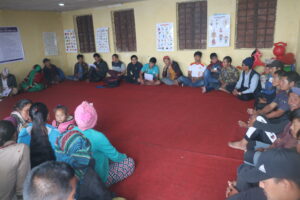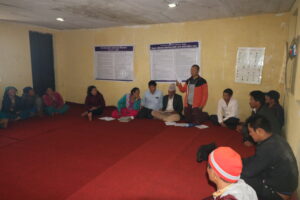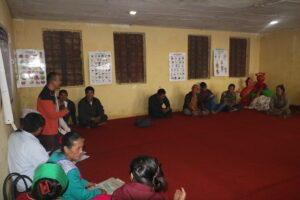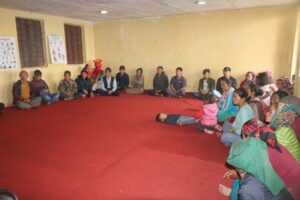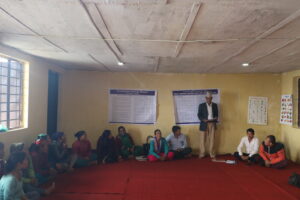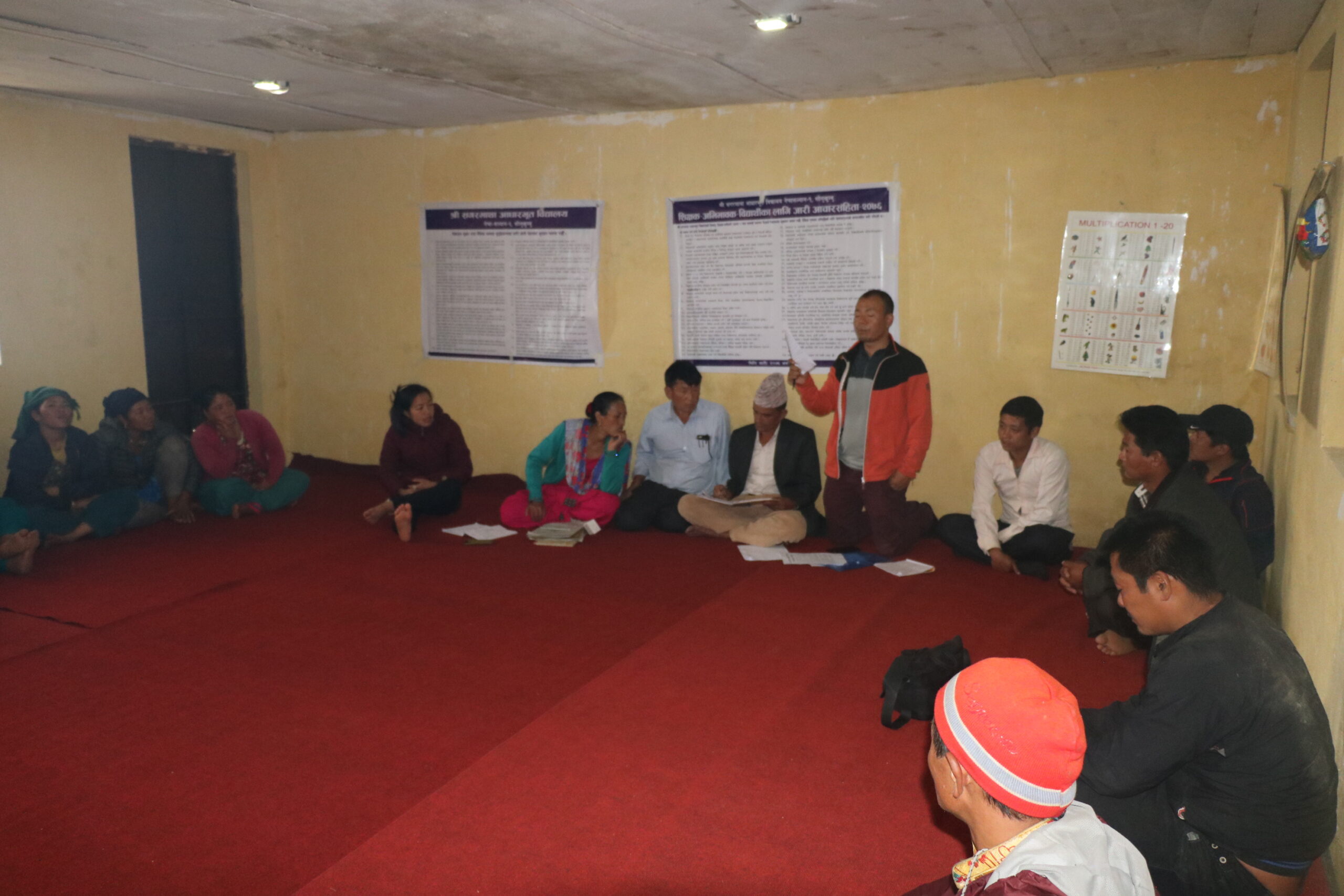
Creating an interactive program that involves teachers, parents, and students in a triangular relationship can foster a supportive educational environment and improve student outcomes. Here’s a structured approach to designing and implementing such a program:
By fostering a collaborative environment through such a triangular program, you can help create a more cohesive and supportive educational experience that benefits students, engages parents, and empowers teachers.





